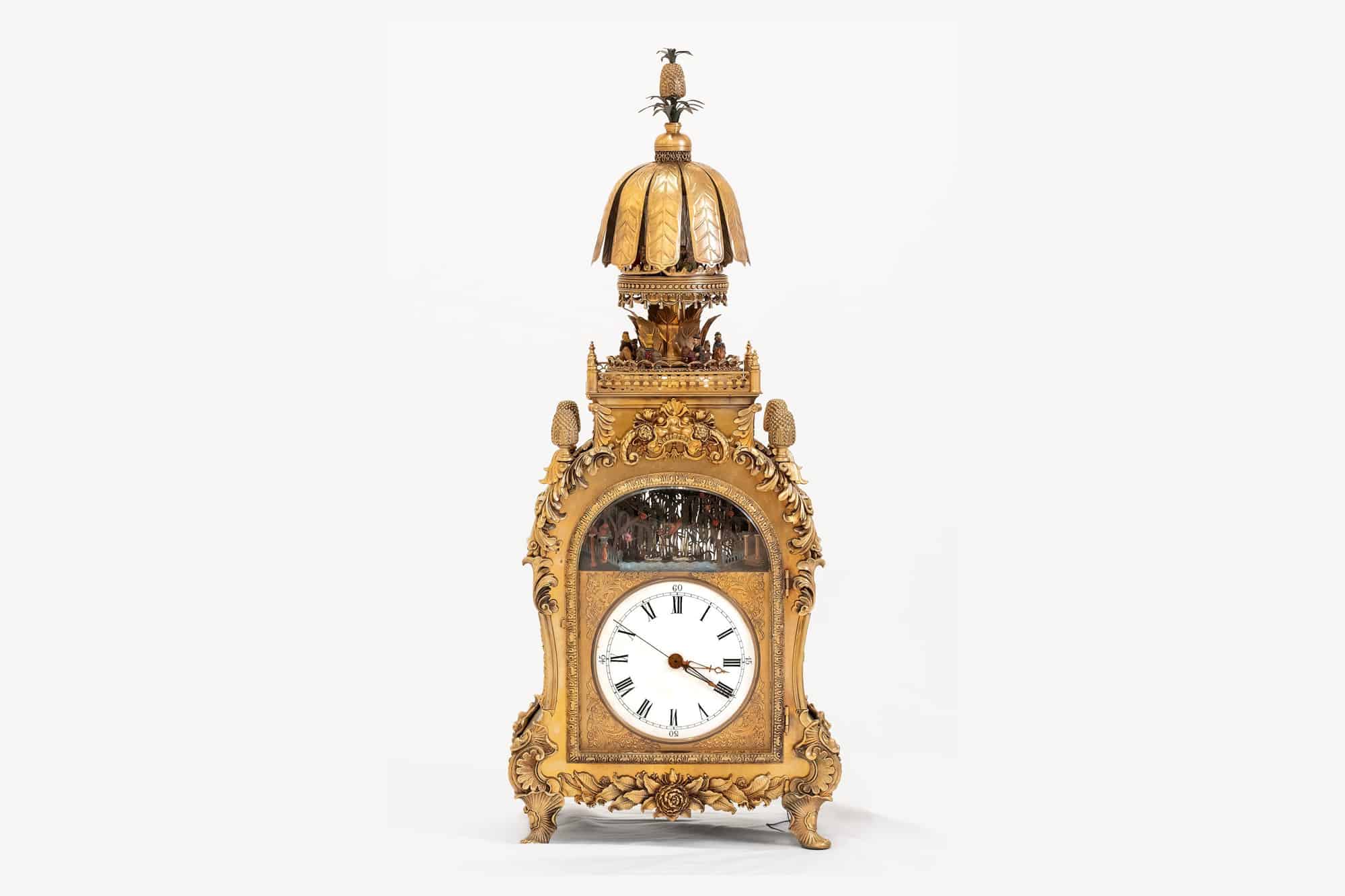The Hall for Ancestral Worship is home to over one thousand historical clocks once owned by Chinese emperors, brought to the Qing and Ming courts by European ambassadors from the 17th century through the 19th century. Later, this horological tradition flourished locally, and these intricate timekeepers were manufactured in workshops in Beijing, Suzhou, and Guangzhou. As you might imagine, these clocks are exceptionally rare, and they would generally come up for auction once a year. One of the most famous instances of one of these court clocks selling at auction was in 2010, when a Qing dynasty table clock fetched $3.8 million.

With these clocks gaining in value in recent years, however, more have been making their way to auction, with up to three a year hitting the auction block. And that’s been raising some eyebrows, leading some experts to question their authenticity.
The New York Times reports on these intricate timekeepers, an ongoing legal case mired in accusations of fraud, and what happens when demands outstrips the supply.
Featured photo credit: Lam Yik Fei for The New York Times









 Featured Videos
Featured Videos







